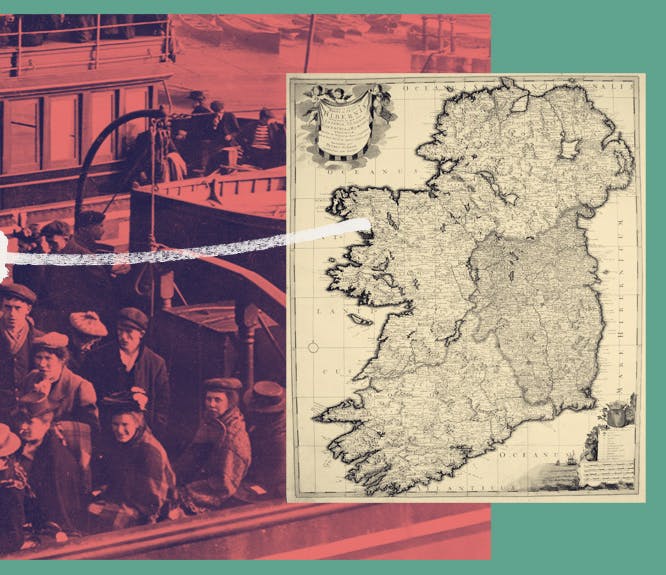What was life like in 1920s Britain?
5-6 minute read
By The Findmypast Team | October 11, 2022
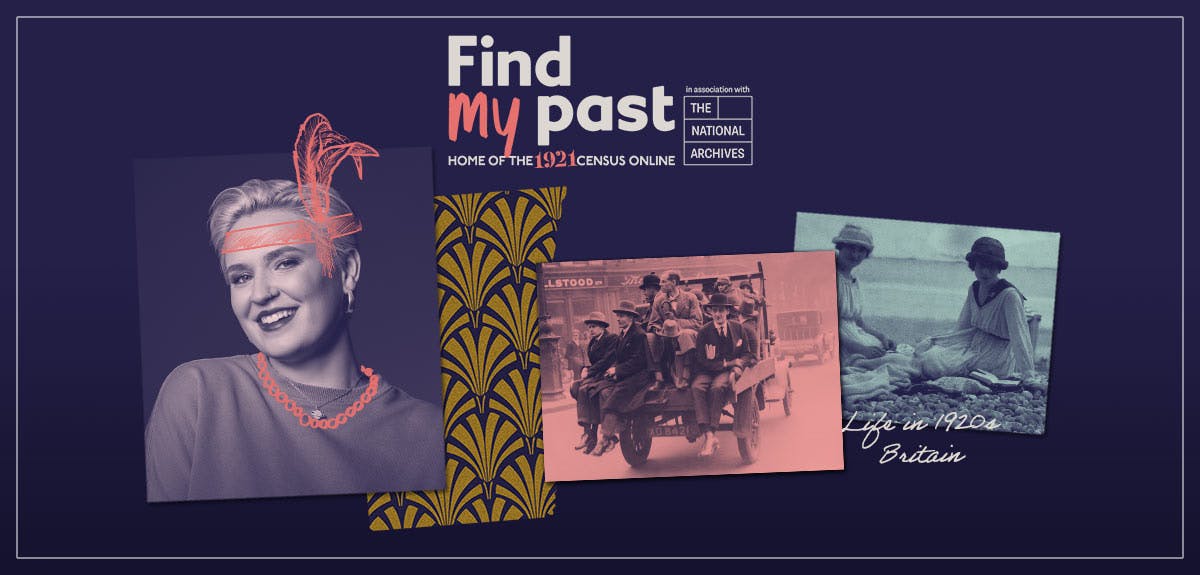
The 1921 Census of England and Wales will reveal where your relatives were, what they were doing and who they were doing it with that summer. But what was life in 1920s Britain like for them at the time?
By the time of the 1921 Census, Britain was a nation still recovering from the First World War (1914-18) and the global Spanish flu pandemic (1918-20). Millions of lives had been lost in those tragedies. The families and communities left behind were still picking up the pieces. Yet, life-changing progress was also happening around them to help them move forward in a world changed forever.
The 1921 Census is available online exclusively at Findmypast, and you can get full access through our Premium subscription. Here, we examine what life was really like for your ancestors in the 1920s.
Understanding the world they lived in helps you piece together the bigger picture of your past. It may even change how you see your family tree then, now or in the future.
The Roaring Twenties
The 1920s in Britain was a decade of two halves. Despite the devastation of the war and pandemic, the early years brought with them a renewed sense of optimism. The Roaring Twenties had arrived on both sides of the Atlantic.
There were huge advances in science and technology. The BBC started broadcasting for the first time in 1922. By 1929, John Logie Baird was testing black and white television broadcasts over BBC frequencies.
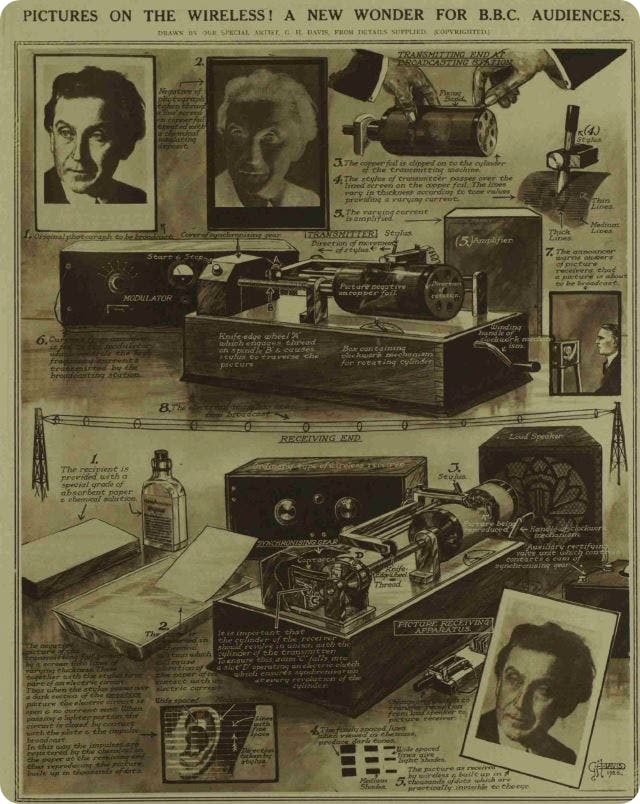
Illustrated London News, 22 September 1928. View full article.
The first commercial flights were in operation. By 1924, when Imperial Airways (British Airways today) was formed, over 35,000 passengers had flown on UK airlines. Within a few years, Imperial Airways was regularly taking travellers to European cities and farther-flung destinations.
The advent of air travel helped to bring about growth in overseas tourism. But staycations were still how most families enjoyed a break. Beach huts, bathing machines and Punch and Judy shows were all the rage at popular seaside destinations like Margate, Rhyl and Whitby.
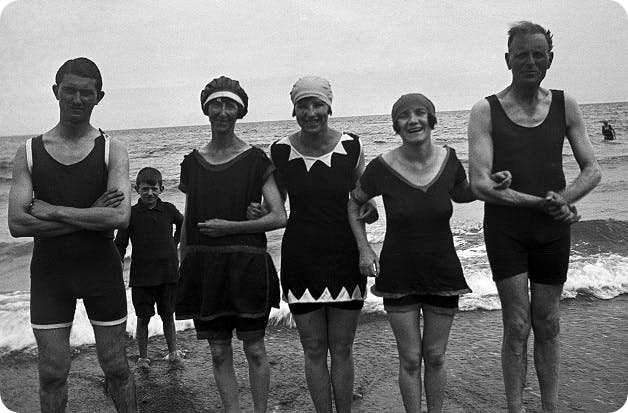
They did like to be beside the seaside, Devon, 1926. View full-size in the Findmypast Photo Collection.
Other 1920s firsts in the UK included fridges, roller coasters, crosswords and the short-lived ‘death ray’. Our sister site, the British Newspaper Archive, has uncovered how these pioneering inventions were received by the public at the time.
When it came to jobs in the 1920s, where our ancestors lived was invariably linked to the type of work they did. Certain regions became synonymous with the work carried out there. Durham and Glamorgan were full of coal miners. While metal workers were numerous in Birmingham and Sheffield.

Laboratory tests in Newark's beet sugar factory, 1921. View full-size in the Findmypast Photo Collection.
The economy’s transition from boom to bust mid-decade fuelled worker unrest. The 1926 General Strike saw 1.7 million people protest against pay and working conditions.
The 1921 Census captures the history of working life in England and Wales like never before. As well as their occupation, respondents were asked to record their employer, industry and work materials for the first time. This extra detail offers unmatched insight into businesses and communities across the nation at the time.
Family life
Families were getting smaller as the 20th century progressed, especially when compared to Victorian times. Families of 3 or 4 children were the norm. This is reflected in statistics compiled from the 1921 Census. The average family size was 4.1 in 1921, down from 4.3 in 1911.
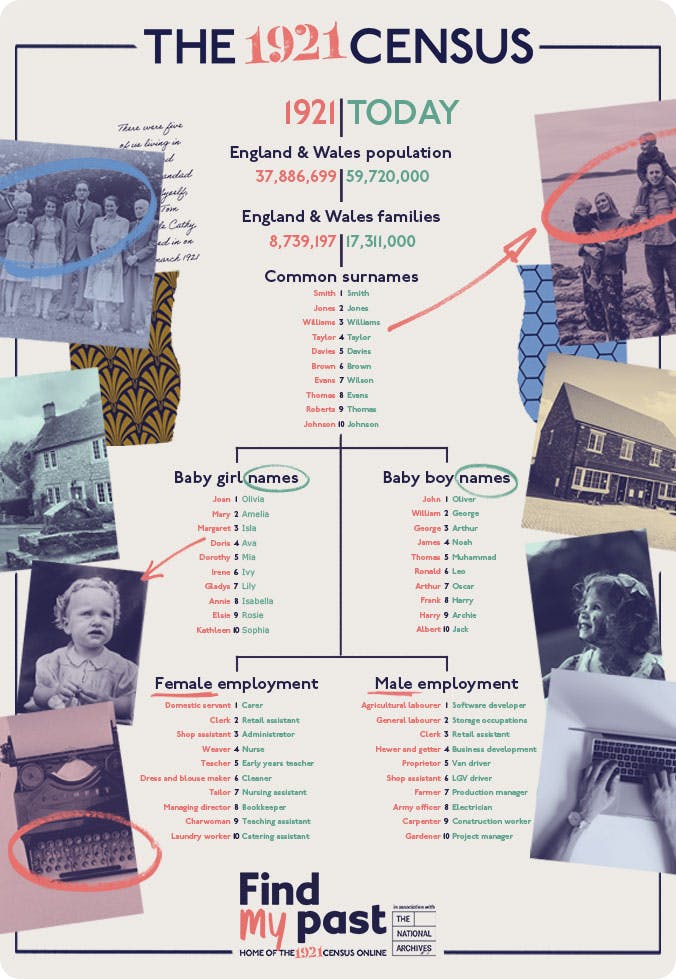
Discover 1921 versus 2021. View in more detail here.
After generations of scandalous family stories being swept under the rug, divorce was no longer taboo. The 1921 Census was the first to accept divorce as a valid marital status. Over 16,600 people identified themselves as such.
The 1918 Education Act made primary school free for all children and meant they were staying in school longer. Most children left aged 14.
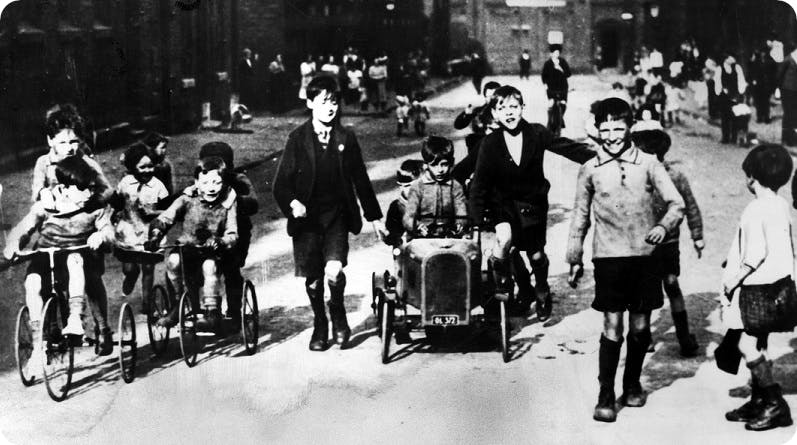
Children playing in a Manchester street, 1929. View full-size in the Findmypast Photo Collection.
If your grandfather was growing up in 1920s Britain, he probably played with homemade toys. Spinning tops, marbles and tiddlywinks were the must-have playthings of the era.
What our ancestors’ homes would have looked like during the 1920s varied starkly. Middle-class families and the aristocracy enjoyed lavish country homes and estates. While urban settings mainly consisted of shared accommodation, Victorian terraces and newly-built two-up, two-down council houses. Think Downton Abbey at the richer end of the scale and Peaky Blinders’ depiction of 1920s Birmingham at the poorer end.
If you don’t spot your relatives at home in the 1921 Census, where else could they have been? Over 185,000 people were living in workhouses. 80,000 patients were recorded in hospitals and over 11,000 inmates can be traced to prisons across England and Wales.
Pastimes and pop culture
The golden age of the cinema began with new theatres popping up around the country. Seeing a silent movie provided people with an affordable escape, a way to temporarily forget the toils of everyday life. British classics like A Cottage at Dartmoor, Piccadilly and Alfred Hitchcock’s Blackmail kept cinema-goers entertained.
Influences from the United States could be seen in British tastes. In 1926, the BBC joined the Jazz age bandwagon when it started broadcasting Jazz music. Artists like Fred Elizalde appeared regularly.
While sea shanties are enjoying a resurgence today, they could also be heard on gramophones around the nation in the 1920s. Even MPs were performing these memorable, melodic chants.
Outdoor pursuits like rambling and cycling grew in popularity and as more cars were on the roads, motorsport flourished. Was your great aunt one of the first female racing car drivers? The 1921 Census may have the answer.
1920s women
Women in the 1920s were more independent than ever before. The suffragettes’ fierce efforts finally secured women’s voting rights in 1918. And with millions of men serving overseas during the war, back home, women found themselves taking on jobs traditionally given to men. They worked in munitions factories, on the railways and formed the Women’s Army Auxiliary Corps, Women’s Royal Naval Service and Women’s Royal Air Force.
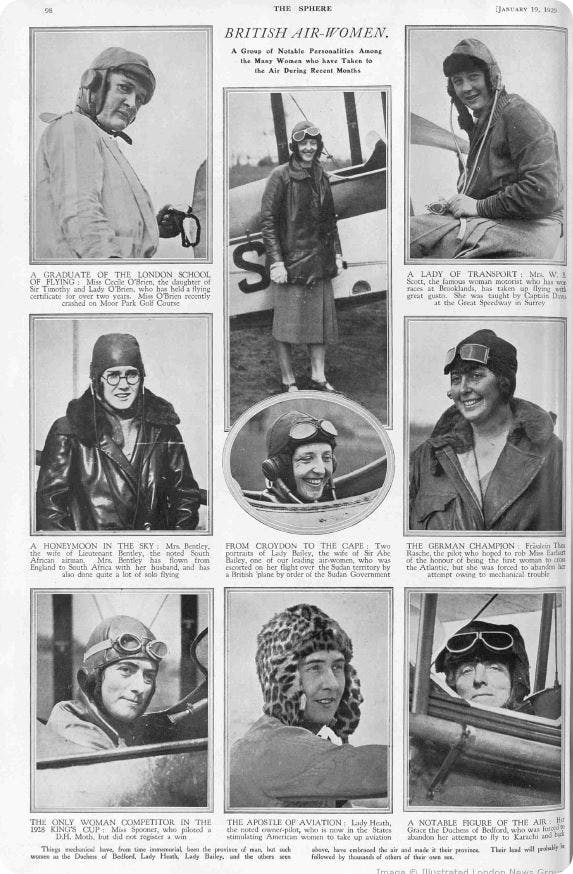
The Sphere, 19 January 1929. View the full article.
This employment emancipation amongst British women continued into the 1920s. The 1921 Census features the first female policewomen, as well as significantly more female barristers, medical professionals and architects than recorded a decade earlier in the 1911 Census.
Change didn’t come overnight but women were no longer just housewives and domestic servants. Flapper girls, synonymous with 1920s Great Gatsby culture, were out in the world, earning their own money, drinking alcohol, smoking cigarettes and enjoying themselves.
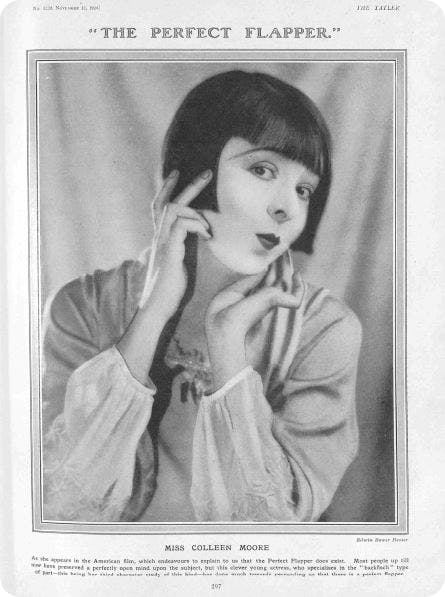
The Tatler, 12 November 1924. View the full article.
The 'bright young things’ lifestyle shaped women’s fashion choices. Haircuts and hemlines got shorter and lipstick went mainstream. Cloche hats were paired with bob hairstyles to finish off the quintessential flapper look. And with women taking on more arduous jobs, more of them chose trousers over skirts.
War is over
Over a million British lives were lost during the First World War. The conflict’s impact is clear to see from the statistics produced from the 1921 Census.
For the first time since the 1801 Census, women outnumbered men, most notably in the 20 to 45 age group.
There were 35% more patients in hospitals in 1921 than there were in 1911. Most of them were men still convalescing with war wounds.
While a nation mourned, our ancestors were also looking forward in the 1920s. As Winston Churchill rose through the ranks of British politics, neither he nor anyone else knew the next generation would face another global war.
World War 1 left a legacy of progress in some fields. After coming to prominence in the treatment of injuries during wartime, plastic surgery started being used for cosmetic procedures in the 1920s. Other wartime innovations that took off in the Twenties and continue to be enjoyed today include daylight saving time, Pilates and stainless steel.
But it wasn't just a catastrophic war that the country was emerging from. The Spanish flu pandemic claimed over 220,000 lives in Britain. The parallels with today's coronavirus crisis, a century later, are unnerving.
Now you understand the world your ancestors lived in a little better, you’re ready to explore your personal connection to the 1920s. Did your great uncle strike with coal miners? Was your great grandmother hiding a divorce? What business was booming in your town and who was living in your house? Endless secrets and surprises are waiting to be discovered in the 1921 Census.
Related articles recommended for you

We found war veterans and healthcare workers within Keir Starmer's family tree
Discoveries
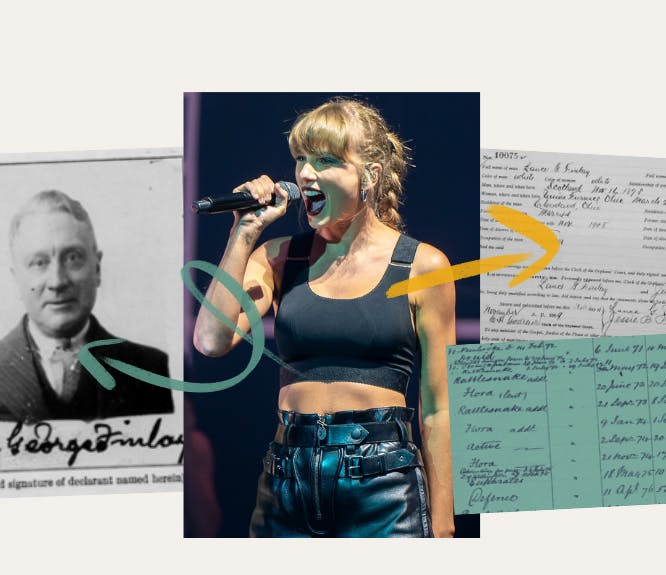
Taylor Swift’s family tree shines with love, heartbreak and the triumph of the human spirit
Discoveries

Labourers and landed gentry: Kate Middleton’s family tree
Discoveries
